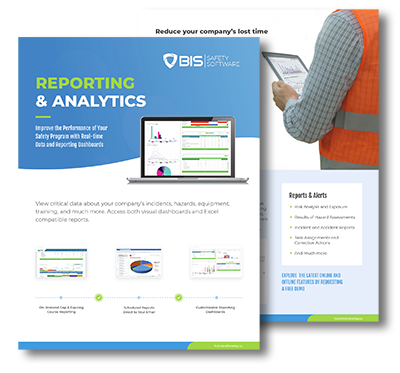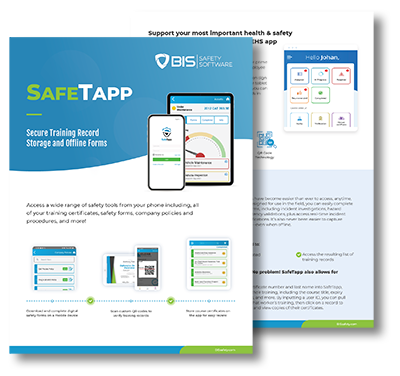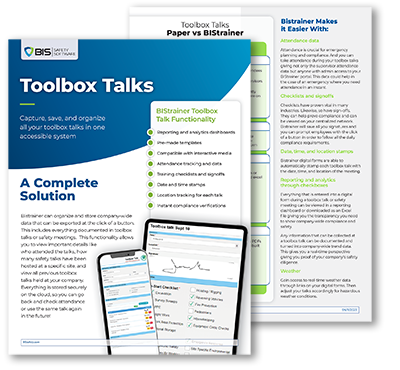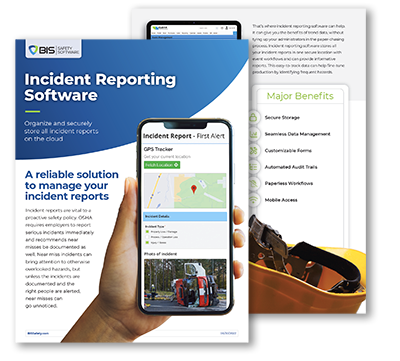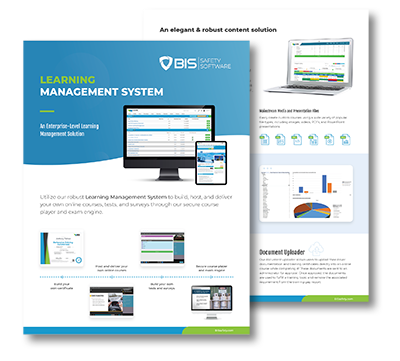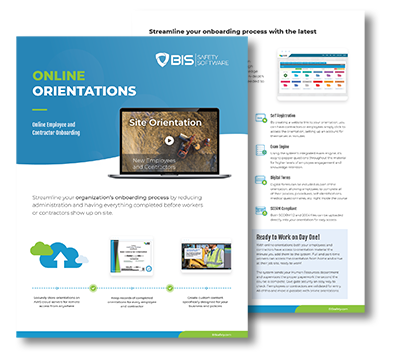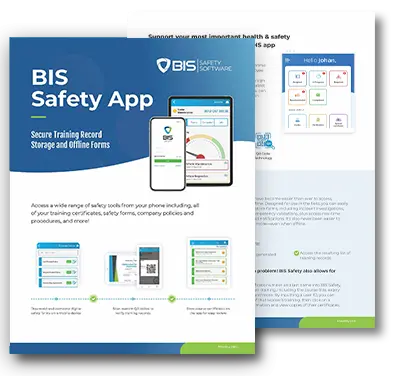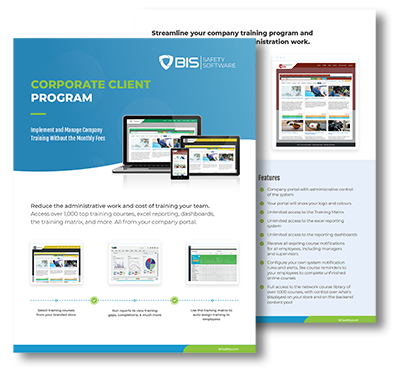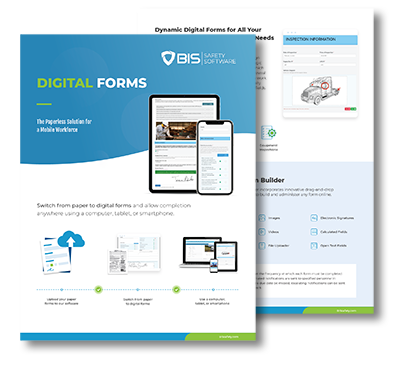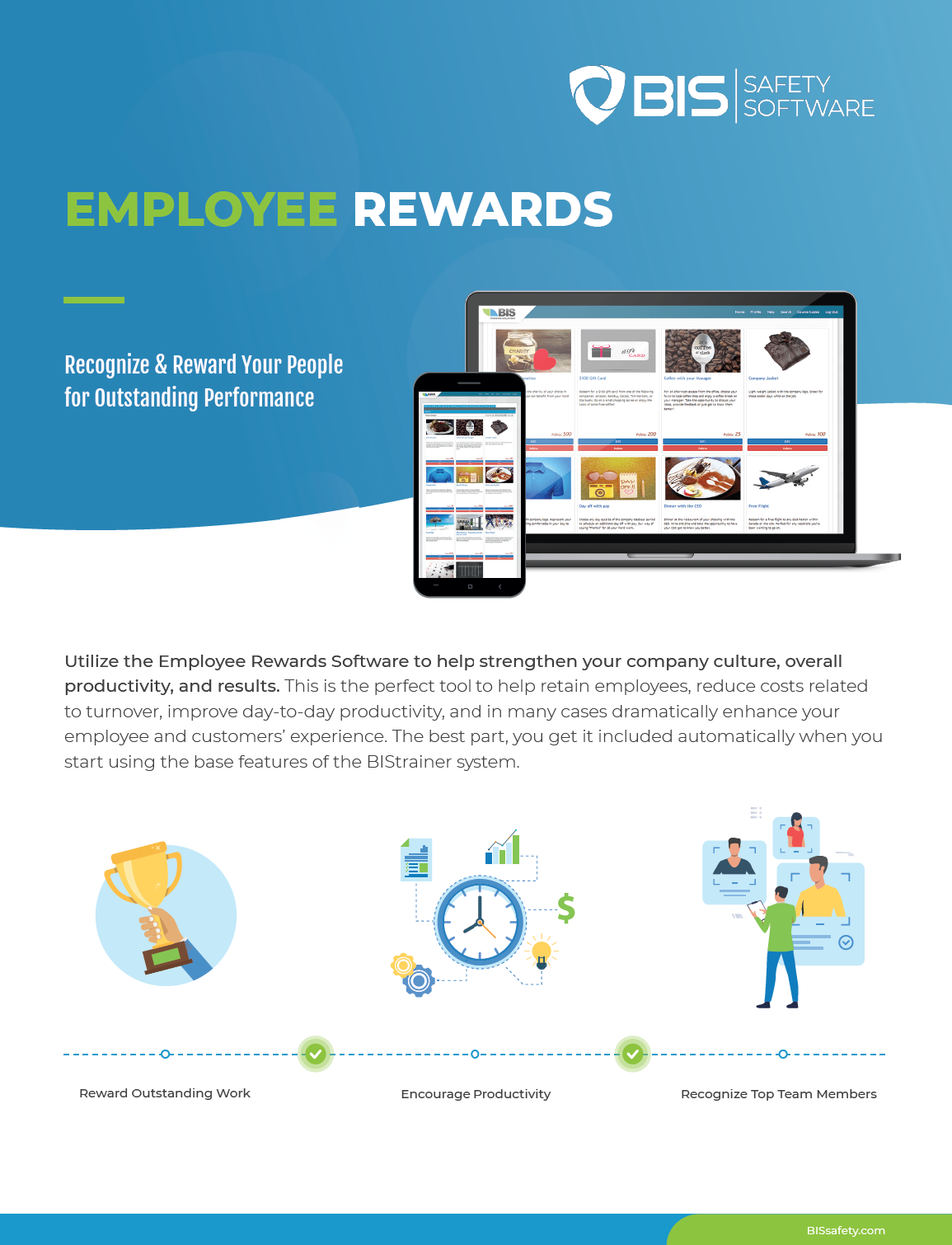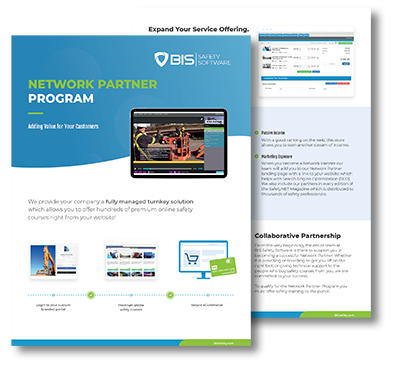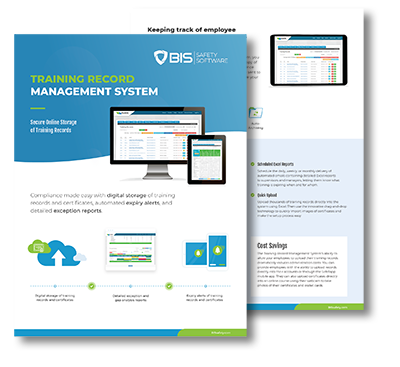
Comprehensive EHS Compliance Software
Guide for Modern Businesses
Environmental, Health, and Safety (EHS) compliance is crucial for modern businesses, but managing it effectively can be challenging. This guide explores how EHS compliance software can streamline your processes, reduce risks, and ensure regulatory adherence. We’ll cover key features to look for, benefits of implementation, and best practices for choosing the right solution. By the end, you’ll understand how EHS compliance software can transform your safety management, improve energy efficiency, and enhance process safety management through advanced technology and robust compliance management tools.
Choosing the Right EHS Compliance Software for Your Business
Selecting the right EHS compliance software requires careful evaluation of business needs, vendor capabilities, and software features. This section guides organizations through assessing compliance objectives, evaluating solutions, considering scalability, reviewing support options, and analyzing costs. By focusing on these key areas, businesses can choose software that enhances hazard management, enables efficient waste handling, and provides valuable intelligence for improved adherence to regulations.
Assessing Business Needs and Compliance Objectives
Assessing business needs and compliance objectives forms the foundation for selecting appropriate EHS compliance software. Organizations must evaluate their specific requirements in areas such as learning management, waste management, and water usage to ensure the chosen solution addresses their unique environmental compliance challenges. The software’s interface should align with the company’s existing workflows and user preferences, facilitating seamless integration and adoption across departments. By thoroughly analyzing these factors, businesses can identify environmental compliance software that not only meets current regulatory demands but also supports long-term sustainability goals and operational efficiency.
Evaluating Software Solutions and Vendors
Evaluating EHS compliance software solutions and vendors requires a comprehensive assessment of their capabilities in accounting, hazard analysis, and enterprise risk management. Organizations should scrutinize each vendor’s track record, examining case studies and client testimonials to gauge the software’s effectiveness in real-world scenarios. It is crucial to evaluate the solution’s ability to integrate with existing systems, its scalability to accommodate future growth, and its capacity to address industry-specific compliance requirements.
Considering Scalability and Future Business Growth
When selecting EHS compliance software, organizations must consider scalability to accommodate future business growth. The chosen solution should offer flexible licensing options, allowing for easy expansion of user access and additional modules as the company’s needs evolve. Scalable software ensures that businesses can adapt to changing regulatory requirements, incorporate new technologies, and extend compliance management across multiple sites or departments without significant disruption or costly system overhauls.
Reviewing Support, Training, and Customer Service Options
When selecting EHS compliance software, organizations must thoroughly review the support, training, and customer service options provided by vendors. Comprehensive training programs ensure smooth implementation and user adoption, while robust support services address technical issues promptly. Evaluating the availability of ongoing customer service, including dedicated account managers and online resources, helps businesses maximize the software’s value and maintain compliance effectively.
Analyzing Total Cost and Return on Investment
Analyzing the total cost and return on investment of EHS compliance software requires a comprehensive evaluation of both direct and indirect expenses. Organizations must consider initial implementation costs, ongoing licensing fees, and potential savings from improved efficiency and reduced incidents. By quantifying the software’s impact on compliance management, risk reduction, and operational streamlining, businesses can accurately assess its long-term value and justify the investment to stakeholders.
You’ve chosen the right EHS compliance software. Now, it’s time to put it to work. Let’s explore the best practices for implementation to maximize your investment and enhance safety.
Get in Touch Today
We are excited to discuss your safety, training, and record management requirements, and see how we can streamline your systems.







